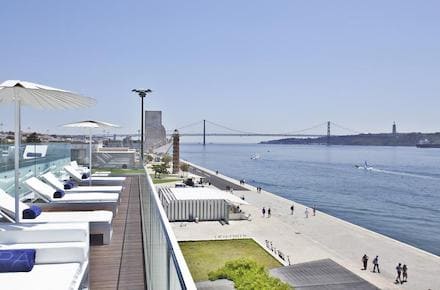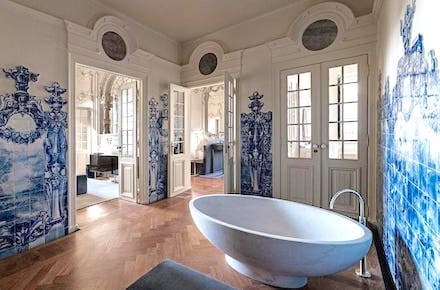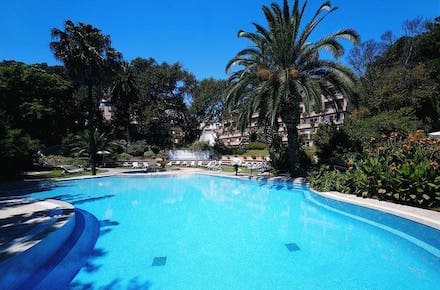Campo de Santa Clara, 124-126
Alfama
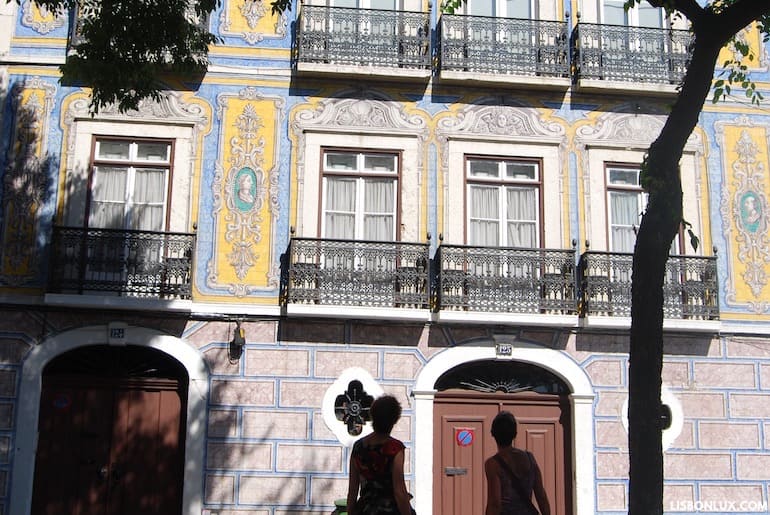
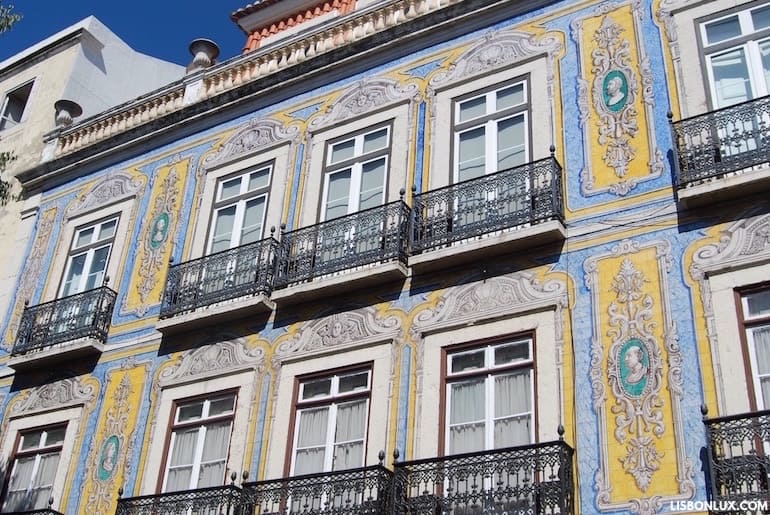
Arguably Lisbon’s most beautiful tiled building, it’s found by the National Pantheon , close to the site of the city’s flea market. It dates from 1860, created in the romantic style of the time, with Baroque inspiration. Blue, yellow and white are the colors used to depict and frame busts imitating marble.
The interior has been turned into one of the most beautiful places to stay in Lisbon, the Casa dell'Arte Club House.
Largo Rafael Bordalo Pinheiro
Chiado
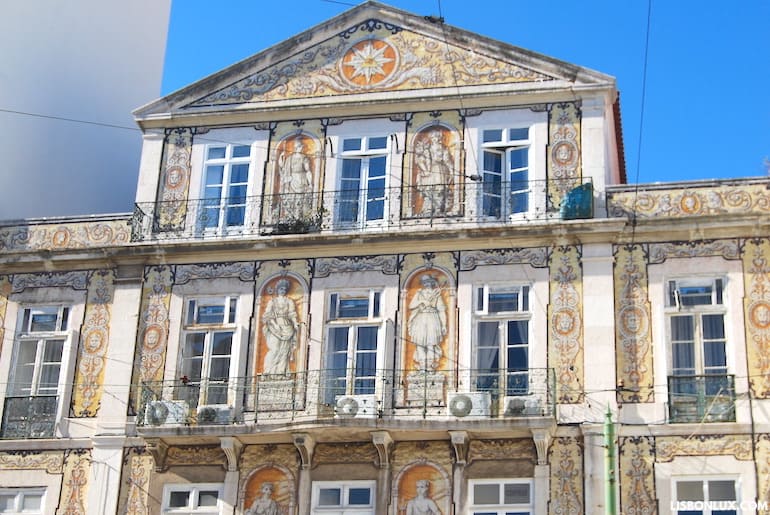
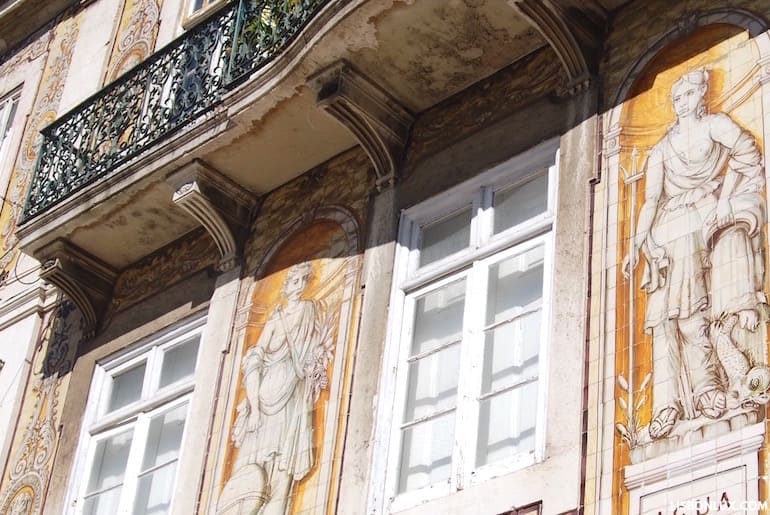
This is the most photographed tiled building in Lisbon, as it's found in the center of the city, in Chiado . Dating from 1863, it’s completely covered in mostly yellow and orange tiles depicting mythological images that represent Earth, Water, Science, Agriculture, Commerce and Industry. At the top is a star with an eye in the center, symbolizing the Creator of the Universe.
Fábrica Viúva Lamego (Intendente)
Largo do Intendente
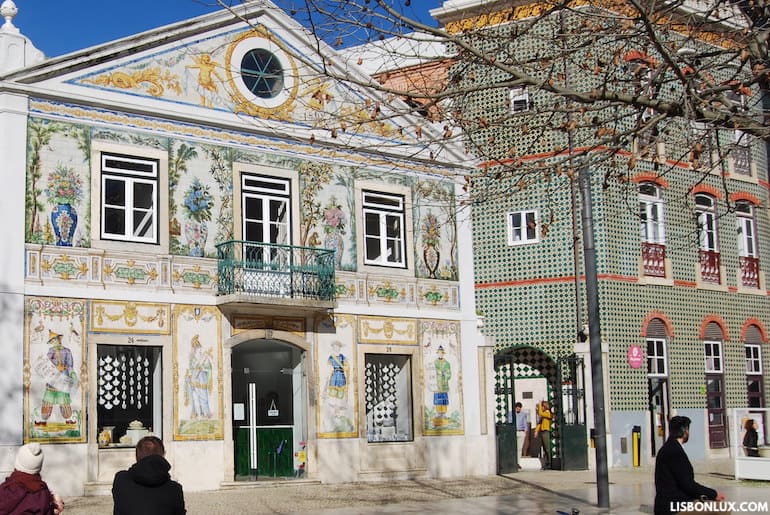
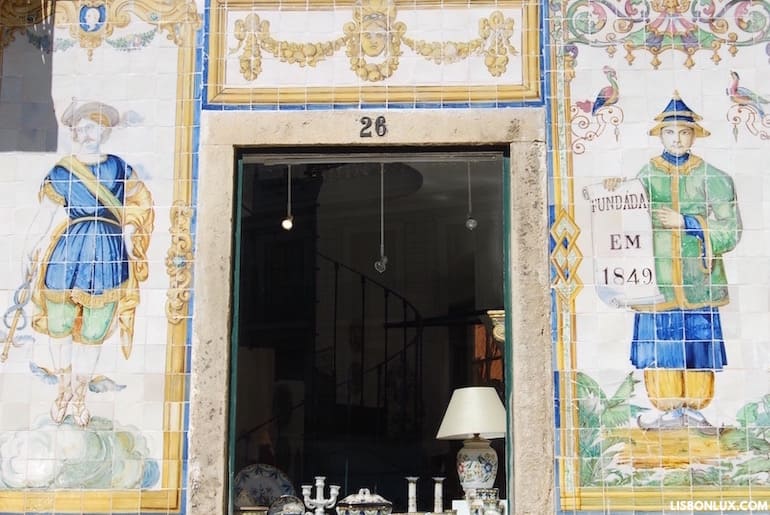
Located in Largo do Intendente, this building was covered with beautiful tile panels in 1865. Although originally built as a private residence, it was occupied by the Viúva Lamego ceramics factory until 2021. The romantic images on the façade include potted plants and Asians, recalling Portugal’s trade with the East.
Fábrica Viúva Lamego (Almirante Reis)
Avenida Almirante Reis
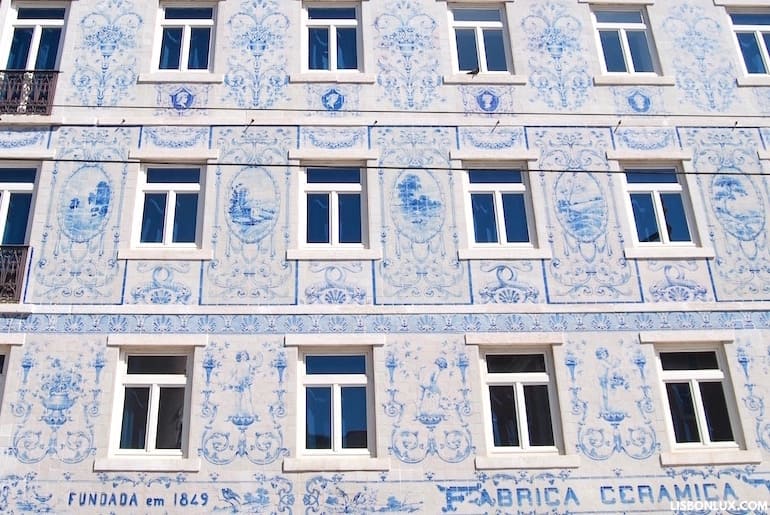
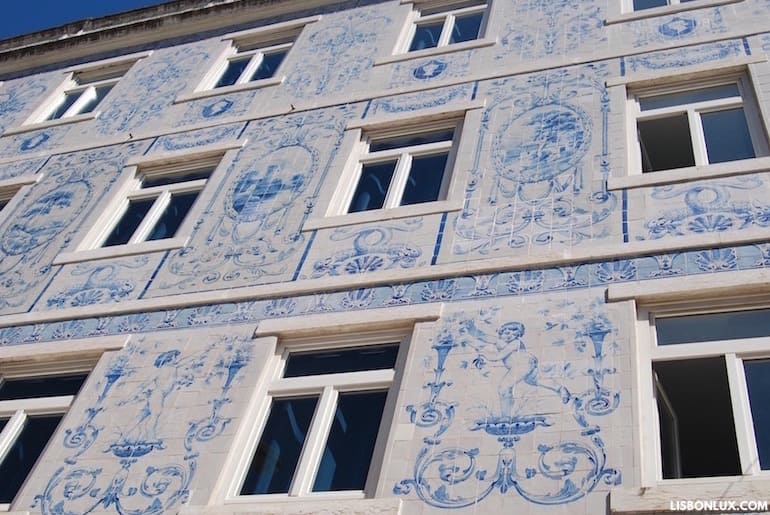
Facing Avenida Almirante Reis, behind the more famous façade mentioned above, this one is all in blue and white. It’s also part of the Viúva Lamego factory, and where the ceramics were produced for many years, including many of the pieces that now cover the city’s Metro stations.
Rua do Sacramento à Lapa
Lapa
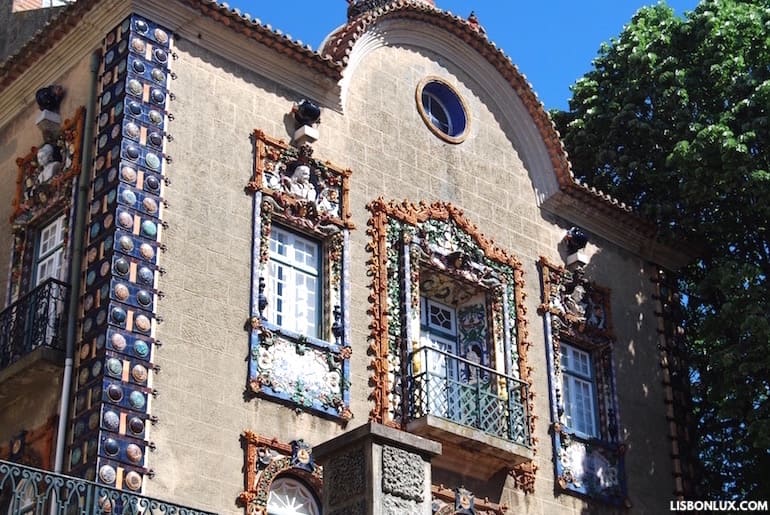
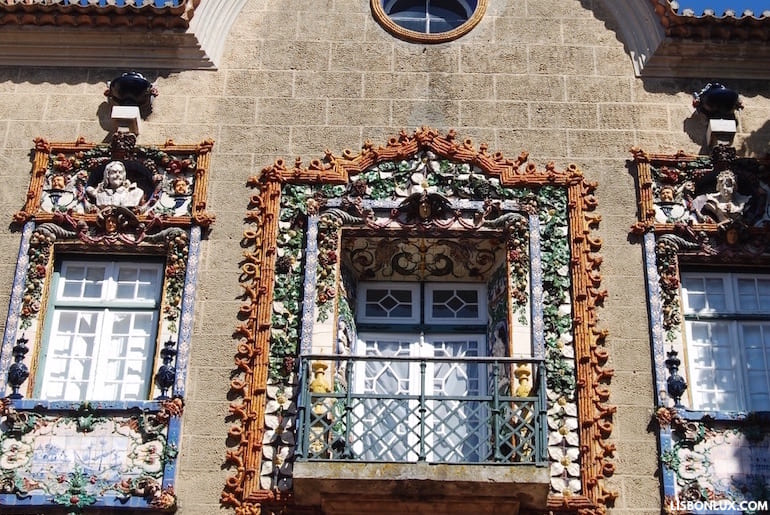
This mansion stands between grand embassy buildings in the Lapa district. It was built in the late 1800s as a noble residence, and its neo-Manueline windows are covered in tiles and ceramics. Half baroque, half art nouveau, it’s symbolic of the late Romantic period.
Rua do Possolo, 76
Lapa
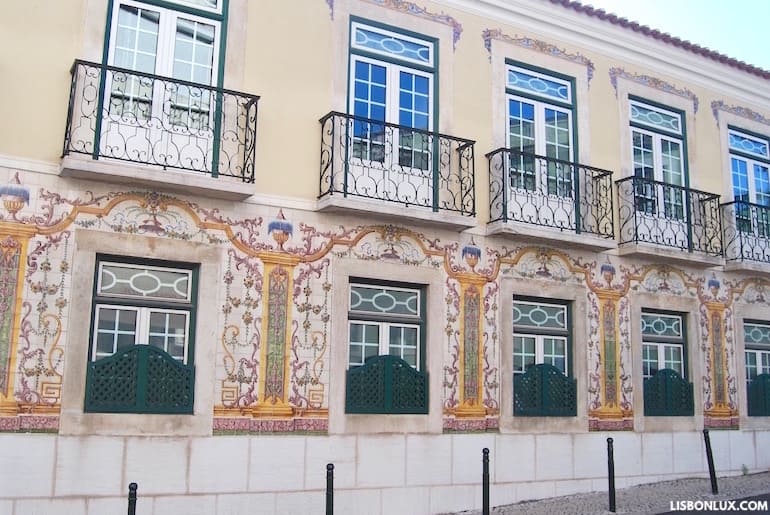
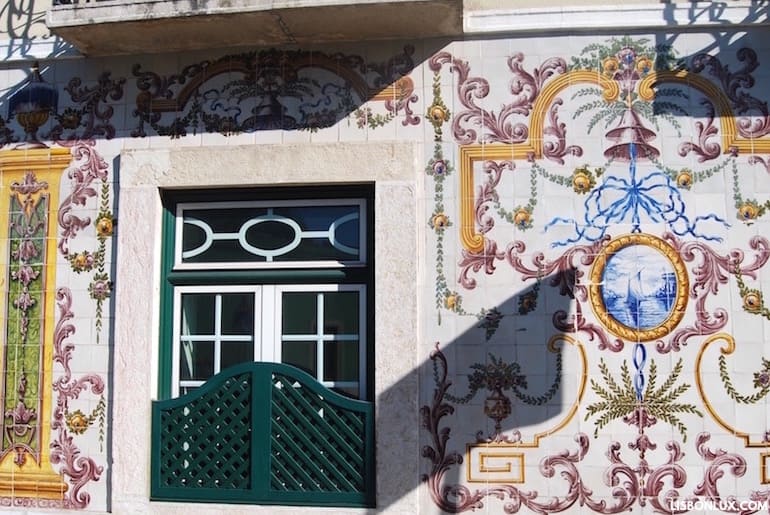
Dating from the 1700s, this mansion was the residence of the Counts of Sabrosa. Found in the Lapa district, it’s now occupied by the embassies of Finland and Andorra.
Rua de São Domingos à Lapa, 43-45
Lapa
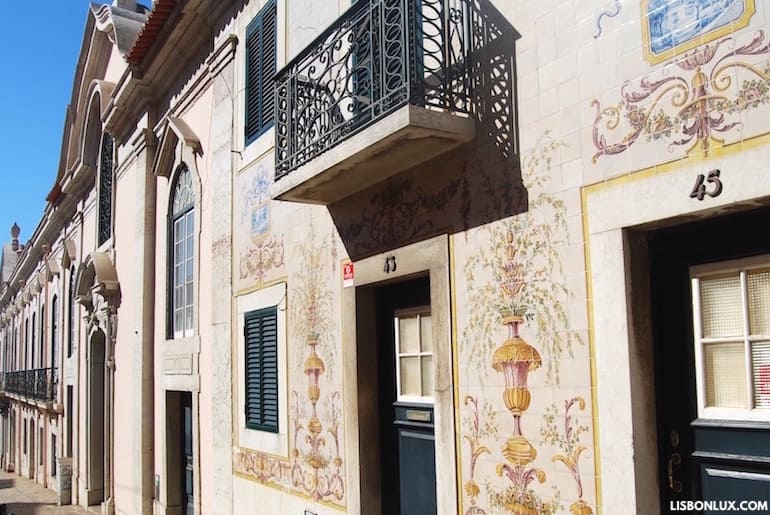
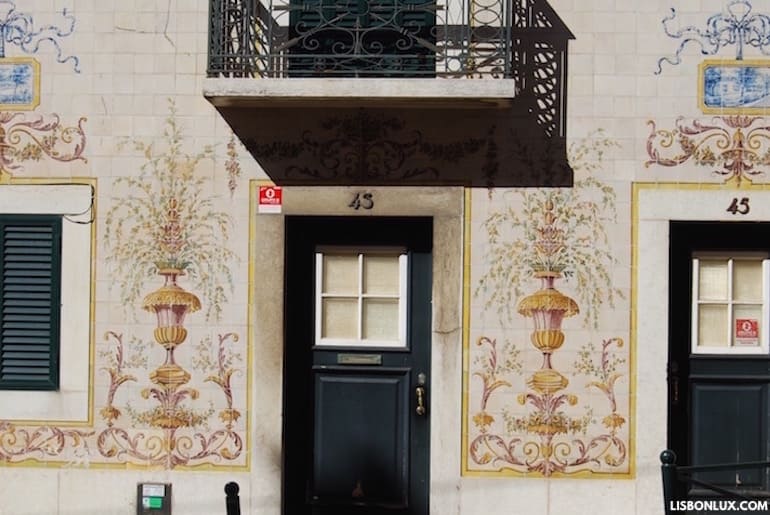
You’ll pass by this small building if you ride tram 25, but you probably won’t notice it, as it’s dwarfed by the palatial building next to it, which draws all the attention. Its façade is covered in tiles with floral motifs.
Rua do Milagre de Santo António, 14
Alfama
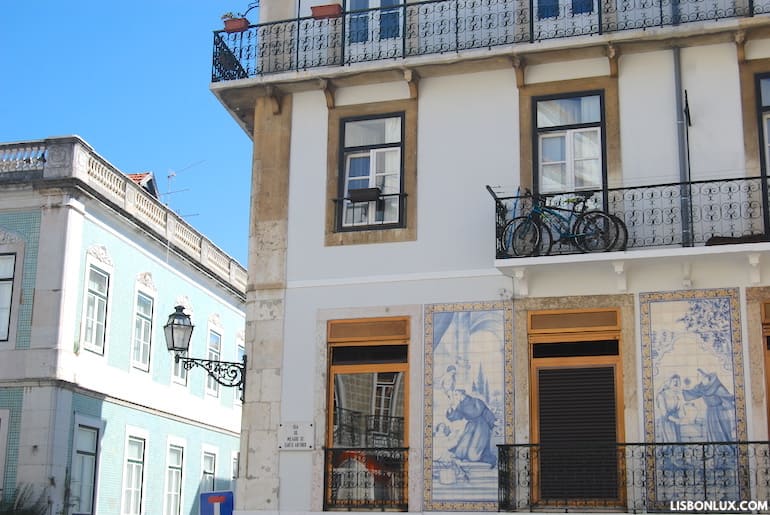
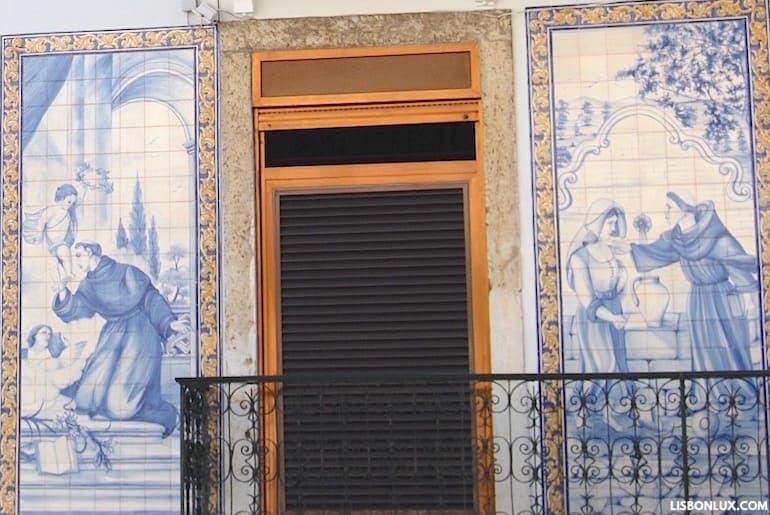
Many tourists stop on their way to the castle to photograph this building. St. Anthony lived nearby, so these 20th-century tile panels represent his "Miracle of the Fishes", "Miracle of the Jug" and "Miracle of the Mule."
Rua das Cruzes da Sé, 13-15
Alfama

This façade next to the cathedral is covered in tiles dating from 1918. It’s an old factory that produced weighing scales, so the panels depict the craft.
Rua das Janelas Verdes, 70-78
Santos
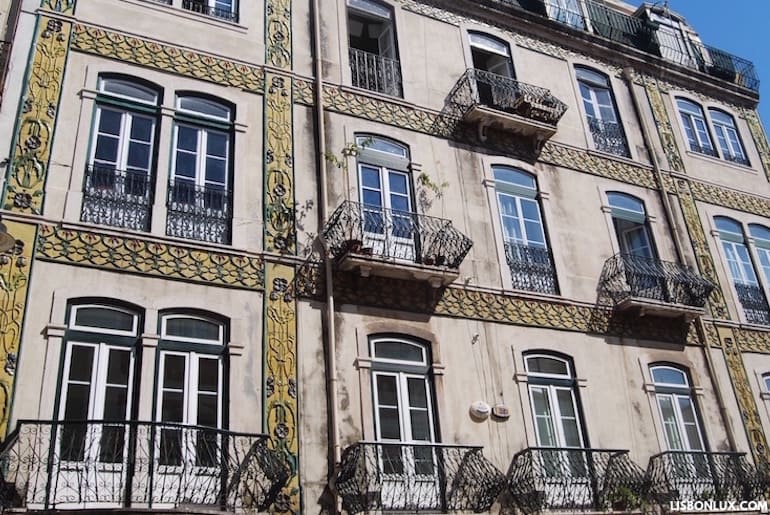
This building down the street from the Ancient Art Museum is covered with tile reliefs. It’s Art Nouveau decoration that resulted from a more “modern” (early 1900s) taste, after the romantic and baroque tiles that were previously used in the city’s grandest façades.
